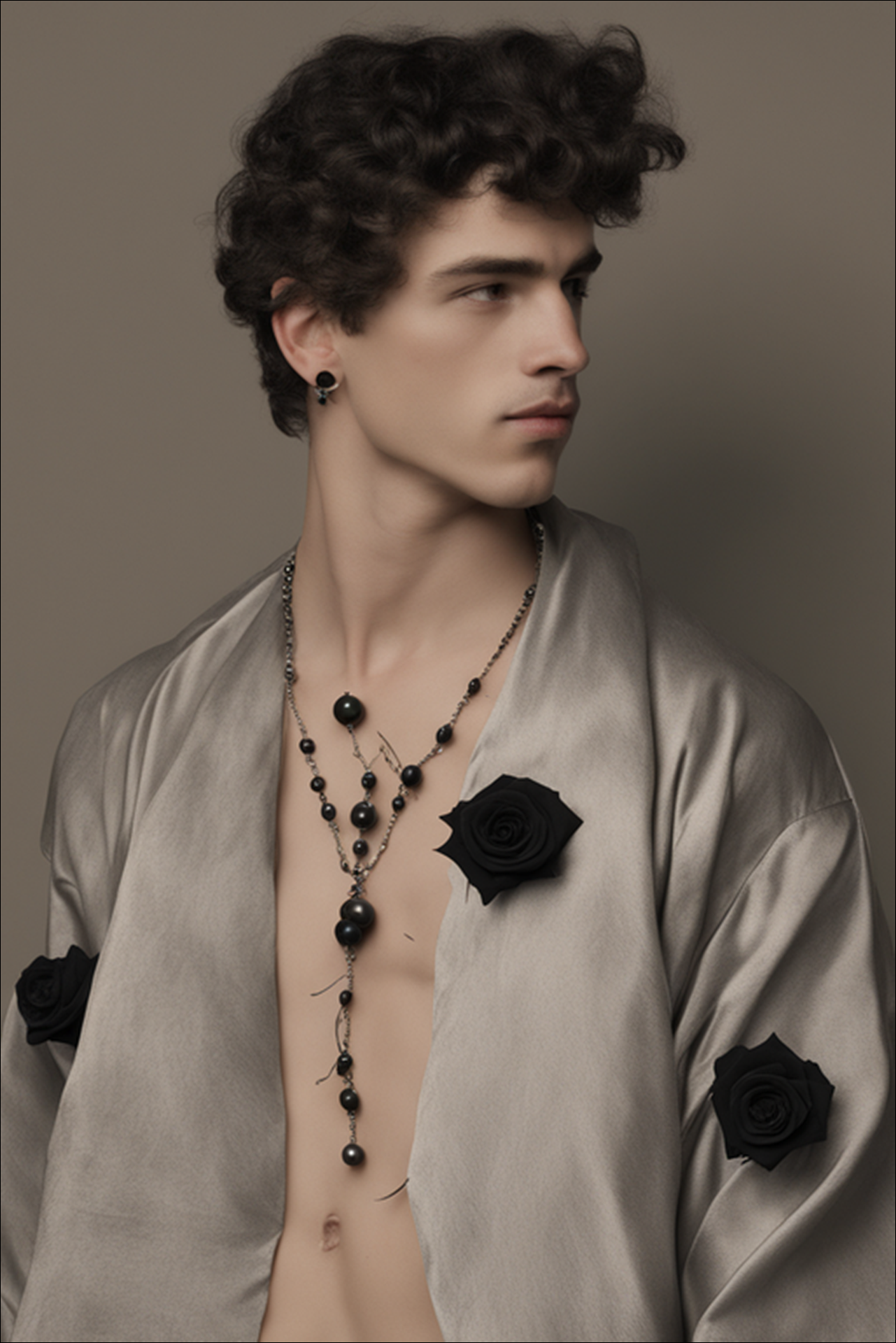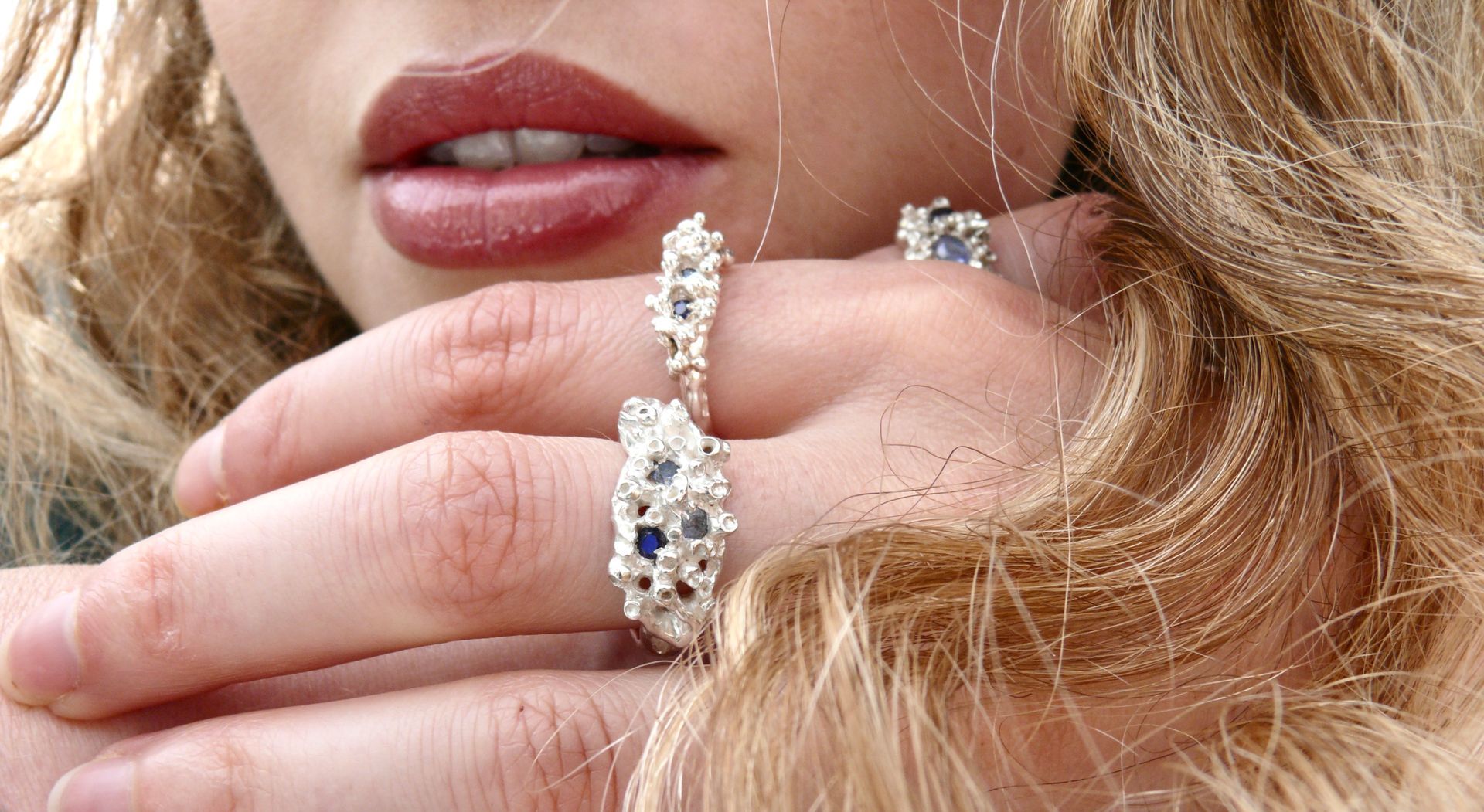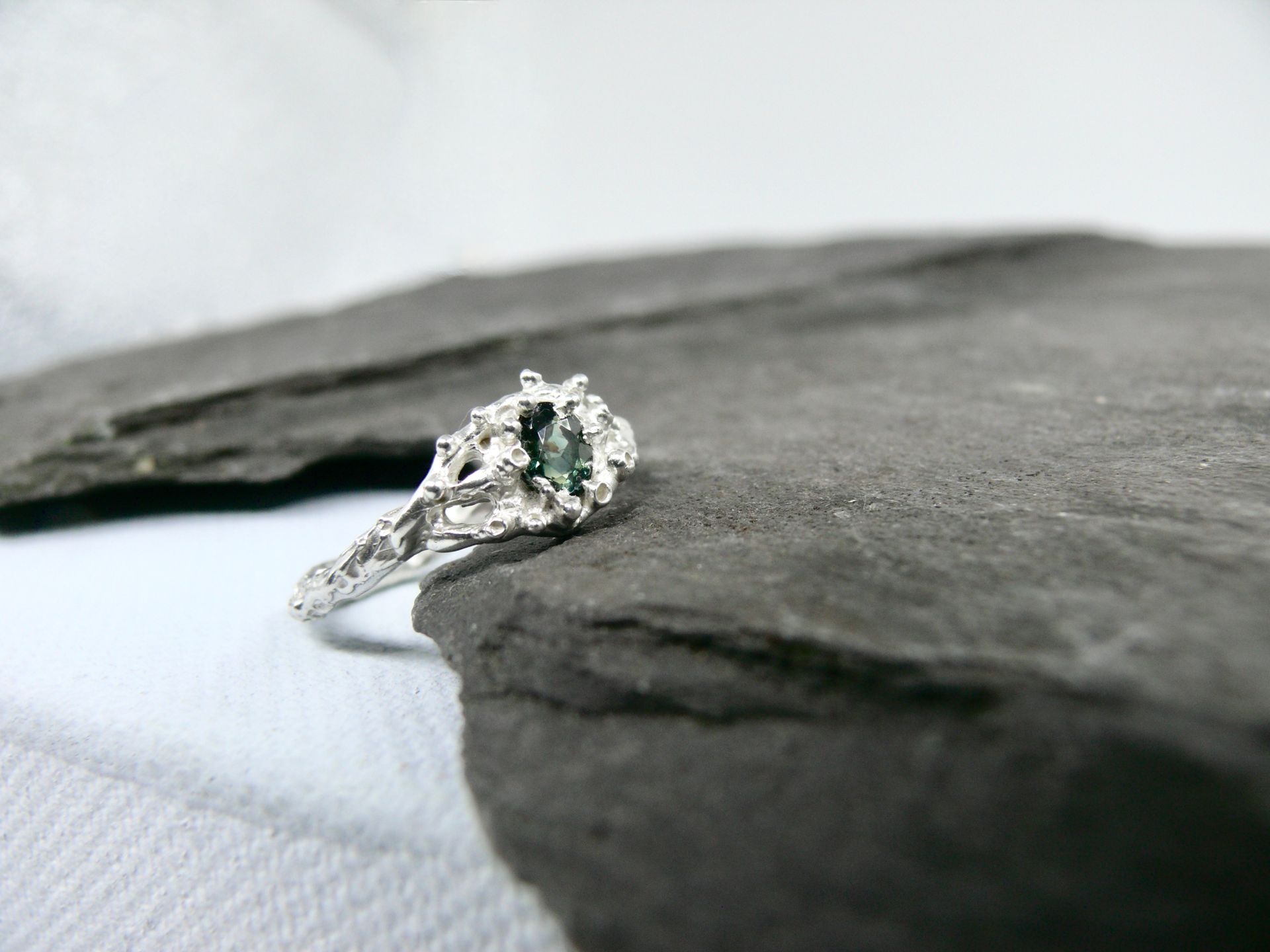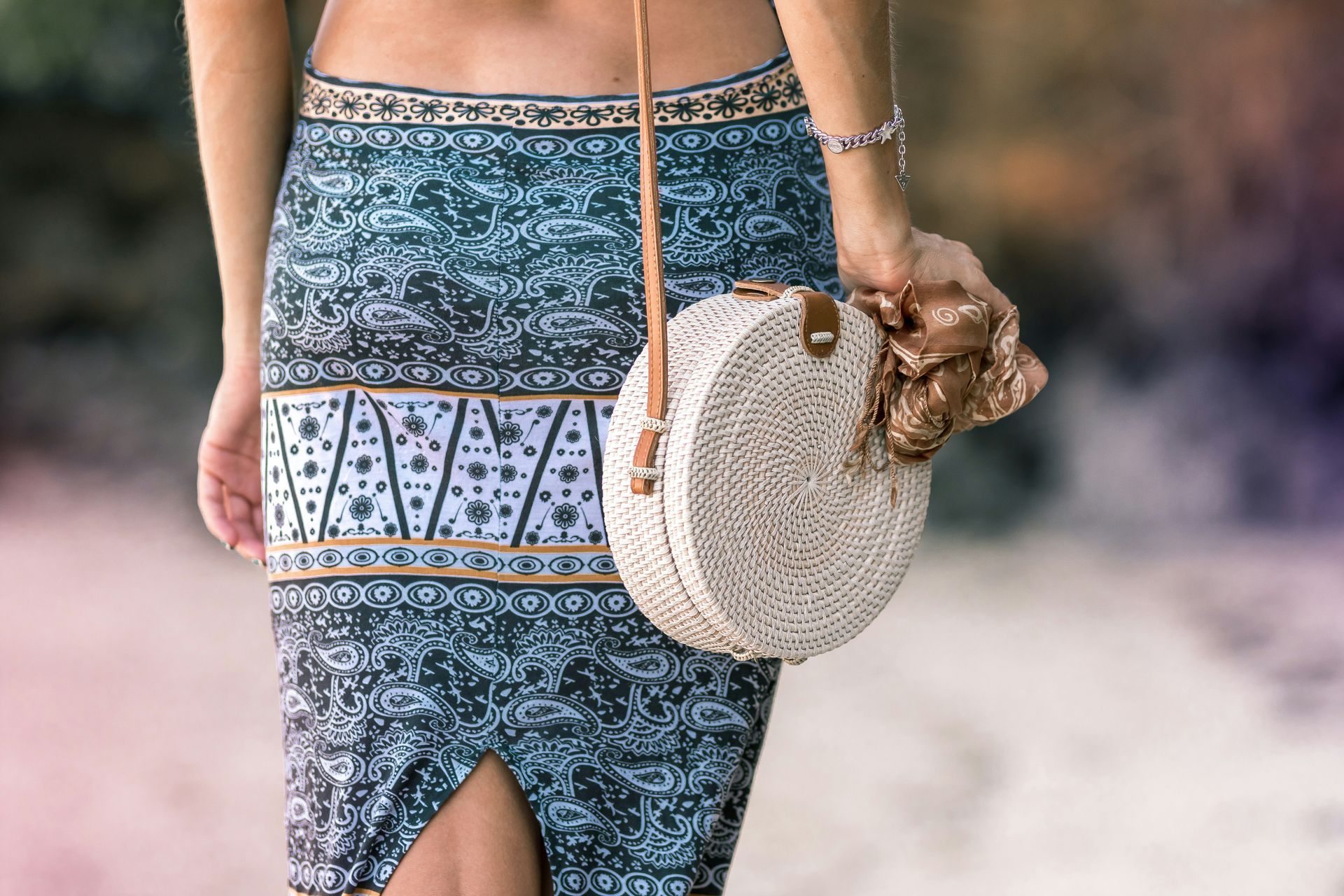Scotland, Sea Magick & Seals

“From the silver foams of the sea / Comes the selkie’s call.”- Scottish poet George Mackay Brown
Emerging from the wave-tossed folklore of island and coastal communities, the elusive selkie is among the most enchanting and enduring of Celtic myth. Blurring the boundaries between sea and shore, myth and reality, human and otherworldly, stories of the selkie can be found all over Scotland and Ireland. A legacy that continues to remind Celtic people of the intimate ties between humans and saltwater, and the many secrets still held within the depths of our wild surrounding seas.
As shapeshifters, Scottish ‘selkies’ or ‘selchies’ (a form of the Scots word for seal) are said to glide through the waves as seals by day. However, on certain nights, beneath the gleam of moonlight, they come ashore and cast off their seal skins to reveal luminous human forms. The softness of this pelt may also account for why they are sometimes called ‘silkies’.
Following Celtic tradition, Selkies are believed to be a part of the Celtic Otherworld. A place described as either an alternative reality, or akin to an underworld Heaven which is occupied by deities and the dead. It is the Selkies’ connection to this magical realm that bestows them with preternatural powers tied to the moon, tides, weather and water.
The Selkie Story & Scottish Folkore
Many Scottish stories and ballads feature a selkie’s presence, but in the most well-known version a fisherman discovers a selkie's seal skin hidden on the beach while she dances with her sisters on Midsummer’s Eve or beneath a full moon. Captivated by the selkie’s beauty, and desiring her for himself, the fisherman steals the skin without which the selkie cannot return to the sea. Now landbound, the selkie is persuaded or forced into marriage and their skin hidden to ensure compliance. Sometimes this marriage is happy and becomes one of love, others it is possessive imprisonment. However, in either account the selkie’s heart remains tethered to the sea and she begins to wither from home and soulsickness. Over time her skin grows parched, her eyes dim, her hair limp until the lost skin is discovered and she escapes to the sea. Usually her skin is discovered through the help of a child, born by the human-selkie relationship, who discovers the sealskin and tells their mother. The selkie’s escape is therefore often tinged with sadness, with the choice to heal and live a full life often meaning she must leave behind her human lover or children.
Theories of Origin
The myth of the selkie is thought to be at least as old as the Viking age, and it’s been suggested that it originated from initial contact with Sami and Finnish travellers. Reaching Scottish shores by kayak, these travellers wore thick coats of sealskin that could become saturated with water. When this happened, they would come ashore and remove their coats to dry, thus appearing to transform from seal to human. This could also account for why selkies are often referred to as ‘Finn-folk’.
However, older, more superstitious beliefs, hold that selkies are the souls of those lost at sea. Folktales from Orkney specifically have claimed that selkie folk were once humans now fated to live out their days in the sea for some wrong-doing. In the18th and 19th centuries, alterations and additions to these folkloric beliefs were hugely affected by Christian principles. Selkies were consequently claimed to be fallen angels or human sinners who were changed into seals as a form of punishment.
Modern Selkies
Like all folklore, tales of selkies and seal folk have much insight to offer about the world around us, and how to navigate its trials and changes. Ultimately, they are stories to be understood in different ways by the listener. That being said, I would suggest that selkie folklore is especially resonant with women who often find their own experiences mirrored in those of the selkie wife.
Culturally and socially women in particular are expected, if not encouraged, to give up their own freedoms and desires for the benefit of their spouse and children. A woman’s sealskin, her initial and most authentic identity, is therefore relinquished as she takes on the roles of loving wife and caring mother. This does not mean there cannot be joy or happiness experienced in these maternal and domestic domains. In fact, the selkie is often cited as a very good mother and their dual form reflects a woman’s ability to exist fully in both spheres, with each identity being more fulfilled at different phases of life. However, the roles of caregiver, nurturer and dependent that come with this secondary identity can cause the world to shrink, and the societal expectations around them become constrictive. As time passes therefore, many women may feel a loss of self from forcibly withholding their initial, most vital and enchanting part of themselves.
This is where selkie tales show how crucial it is that, when the right time comes, the ‘sense of self’ sealskin must be looked for and reclaimed, to ensure one’s own wellbeing. For, like the selkie, if this essential self remains neglected the ensuing disconnect, unfulfillment and overextension through the prioritising of others is detrimental to one’s own wellbeing. In losing touch with or repressing their personal desires and truths, women risk burnout, depression, anxiety, or a pervasive sense of dissatisfaction.
For a woman to reclaim her sealskin is therefore a reclamation of wild freedoms and authentic identity. This is not selfish, but instead a necessary choice. One that breaks cycles of self-sacrifice and martyrdom to replace them with models of empowerment and self-care. To be oneself again, to be reunited with your original and most fitting skin, doesn’t detract from what you can offer others—it amplifies it. By embracing desires, creativity, and instinctual wisdom, one can tap into a deep reservoir of ideas, solutions, and meaningful action that enriches all aspects of life; including the people who are part of it.
That reclaiming your sealskin is linked to a return to the sea is also significant. At over 3.8 billion years old the sea calls to our most primal and visceral selves, reminding us of the deep bonds we have to nature and the shared origins of our birth from both amniotic and primordial fluid. Finding your sealskin therefore necessitates a reconnection with the natural world, particularly places and beings of water; an element long associated with healing and renewal. That our human bodies are likewise composed of water (as much as 60%), also acts as a pertinent reminder to attend and reconnect with our internal worlds. A place of infinite depths and ceaseless movement, the sea mirrors the subconscious mind and encourages reflection upon one’s inner powers, transformations and personal revelations.
In Scotland specifically the sea also acts as a gateway to the Otherworld. It is therefore seen as a conduit, not just of bodies, but also wisdom, inspiration and spiritual insight. Within its song and shining surface, the sea invites the opportunity to look deeper, listen closer and extend beyond the surface of things. Plunging into its waves therefore signifies a return to artistic practice, a deep dive into the pool of ideas, solutions, and creative energy found through the likes of painting, writing, pottery and dancing.
Final Thoughts
In a world increasingly disconnected from nature, selkie folklore invites us to reflect. Are we living in alignment with our true selves, or have we buried our sealskin beneath the weight of obligation? Selkie stories call us to return to the essence of who we are; to honour the wild places within us that crave freedom, to nurture our creativity and to re-establish ties with the moon, tides and fathomless depths.
For those who wander Scotland’s rugged coasts and shoreline, heed the song of the sea. It may just help you rediscover, not only your story, but your soul.
selkie, selkie legend, scottish selkie, folklore selkie, folklore seal, ocean folklore, scottish ocean folklore, sea folklore, ocean mythology, scottish myth, scottish mythology, folklore scotland, folklore thursday, folklore art, selkie story, seal story, seal folklore, mermaid, scottish mermaid, scottish seal, mermaid folklore, mermaid myth, mermaid mythology, seal person, finfolk, fin folk, folklore, celtic folklore, celtic folklore, celtic myth, celtic mythology, celtic women, irish folklore, orkney folklore, shetland folklore, irish myth, supernatural creatures, female folklore, female mythology, clarissa pinkola estes, women who run with wolves, women who run with the wolves, wolf women, legends, ocean creature, what are selkies, are selkies mermaids, are selkies seals, scottish tradition, celtic tradition, spiritual women, divine feminine, sealskin, seal skin, soulskin, totem animal, seal totem, seal significance, seal spirit animal, spirit animal, water sign, pisces, cancer, scorpio, water zodiac, lucy campbell, lucy campbell art, lucy campbell selkie, selkie art, mermaid art








